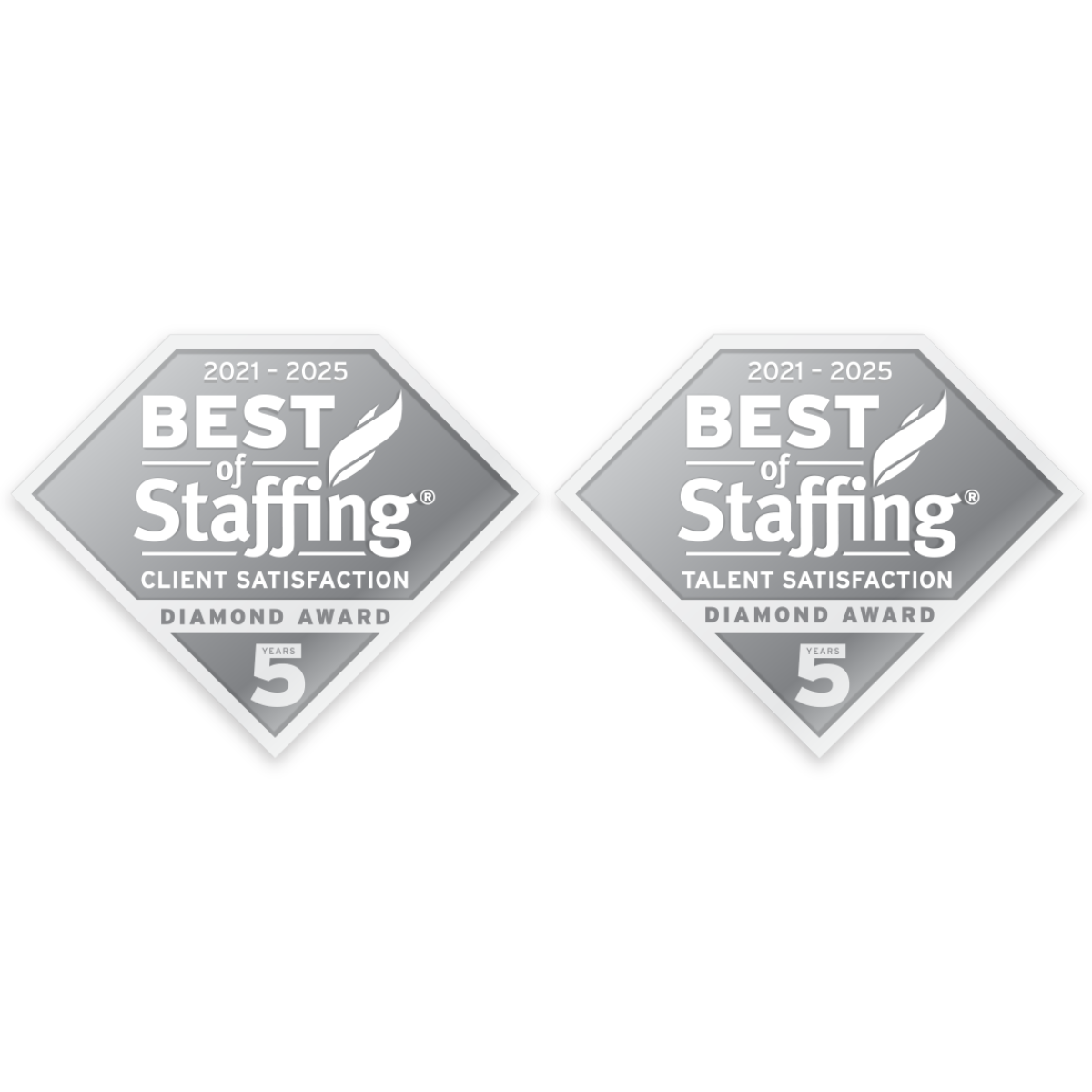Quality Quitting: The Right Way to Leave a Job
Hooray! After plenty of researching, soul-searching, and interviewing. you’ve finally received a great offer and accepted a new job. Off you go… hey, not so fast. You still have a script to follow to sign out the right way. Be thoughtful and kind. It will pay off in the end and throughout your career.
What specifically needs to be done and how? Take suggestions from a trusted source. The Wall Street Journal knows a few things about business, including “How to Quit a Job and Leave on Good Terms.” This post advises to part “on the best terms possible.” Why all the fuss? First, there’s the basic respect you should show others, especially coworkers, even if you’ve had your differences. Plus, there’s the “you-never-know” principle. Your manager, supervisor, and colleagues may serve as vital references and contacts at some juncture. Your paths may cross on other jobs and in other venues. You may end up serving on industry committees together. It’s a small world: keep that in mind.
The Journal condenses all of this into two words: “resign gracefully.” How?
- Allot the proper amount of lead time. Provide a safety net for your team by not bolting out the door. Hopefully, you factored this time into your new job start date; if not, do so. This approach is the subject of “How to Give Two Weeks’ Notice Without Burning Bridges.” Although the amount of time you assign to this interval may vary, offering the standard two weeks cuts your present employer some slack; after all, there will be a gap when you vacate your post. They will have to figure out how to proceed; it’s no small matter.
- Write your resignation and deliver and discuss it face-to-face. On “Sex and the City,” a boyfriend of Carrie Bradshaw breaks up with her by leaving a message on a Post-it. Don’t replicate that model. Make a timely appointment to get on your supervisor’s calendar so you can tender your resignation face-to-face. Make it official and include your departure date. See “How to Write a Resignation Letter (With Samples and Tips)” from Indeed. Keep the proceedings civil and cordial. If you are asked, offer constructive criticism rather than casting aspersions. It’s conceivable you may receive a counteroffer to stay. Be prepared for this—it may be worthwhile.
- Cooperate completely. You likely will receive a number of asks from your boss and others, e.g., update your job description, document procedures, detail descriptions of interactions with clients and open issues, work with team members to hand over responsibilities, inform/train them, explain what requires intervention and when. Be agreeable and accurate. Another: attend the exit interview that Human Resources will schedule. Go with a smile on your face and act professionally. You want to thank all for your time at the firm. Ideally, you want to hear that you would be welcome back should you wish to return at some point.
- Don’t leave without it. For your own records, list your functions and accomplishments. Much likely went into your revised resume and updated job description, but not all. Capture this now rather than rely on memory. Focus on your employee benefits, e.g., health and financial. How long will your medical insurance last? How do you get COBRA, if needed? What about vacation/time off days—how many, how will you get paid for them? Discuss these details at your exit interview or send questions beforehand. Copy personal email messages; connect with IT about your computer equipment and how to safeguard your privacy.
- Apprise others and depart with dignity. Your supervisor or HR may wish to send out an official notice about your parting to various stakeholders. Let them know what details you’re comfortable disclosing at your meetings. And advise them you intend to do the same; in fact, come equipped with a draft or several of them for review. Use business etiquette in these interactions and communications. Provide your colleagues with your personal contact information, and ensure you have the same from them. Stay in touch with some at least once or twice a year to keep these relationships alive.
Recap: You’re on your way out, so execute your own exit strategy. Give advance and appropriate notice. Resign in writing and submit in person. Thank all for the opportunity of working at the company. Demonstrate that in the way you tie up loose ends, leave instructions, provide contact information, and express willingness to respond to job-related inquiries. Work with HR on summing up your situation, communicating your departure, and receiving information about your insurance, 401(k), pension, and portable benefits. Ask coworkers for contact information and stay in touch. Do NOT take anything that belongs to the organization, including intellectual property, or violate agreements.
Uh Oh! What if You Started a Job and It’s Not Working Out?
This happens too! You’re unhappy. Keep a level head. What you’re feeling may be a function of newness. Making a job change is not easy. It’s a transition. Factor this into your thoughts and give yourself some time to work this through.
If, after considered judgment, all signs point to leaving, you still need to put a plan in place. You may only be on the new job for a short time, but it behooves you to act respectfully and focus on your responsibilities.
Try to stay as long as possible. This gives you time to acclimate. It also enables you to begin job hunting while you still are employed. Note: it’s advisable to hold on for a year or ideally two. That way, you benefit from the experience and can use it as a resume line item. That said, if you can no longer tolerate your new job, leave. However, plan this move rather than fly out the door. See “How Long Should I Stay at a Job Before Quitting?”
Similar to the steps outlined in The Great Resignation Part I, understand the root cause of the problem(s) on the new job. The answer will assist you in searching for a better fit. Once you have a plan in place and are making progress, speak with your boss. Air your views. Come prepared with potential solutions. Ask questions—does he/she have suggestions? Are there other roles available that may suit you and the company? Research this beforehand and list possibilities. Get feedback and consider all options.
If all fails, tender a resignation letter. Follow the steps and tone outlined above in principle. Understand that the business invested in you; let the powers that be know you appreciate it. We all make mistakes; the idea is to learn from them.
Put in whatever time and effort you need to make a worthwhile job change. When you receive and accept an offer, go through the prescribed process with decorum. Things change in the workplace. Quality quitting should not. Mutual respect is the hallmark of this model.
About the author.
You name it, she covers it. That’s the can-do attitude Sherry M. Adler brings to the craft of writing. A polished marketing and communications professional, she has a passion for learning and the world at large. She uses it plus the power of words to inform and energize stakeholders of all kinds. And to show how all of this can make a difference, she calls her business WriteResults NY, LLC.




